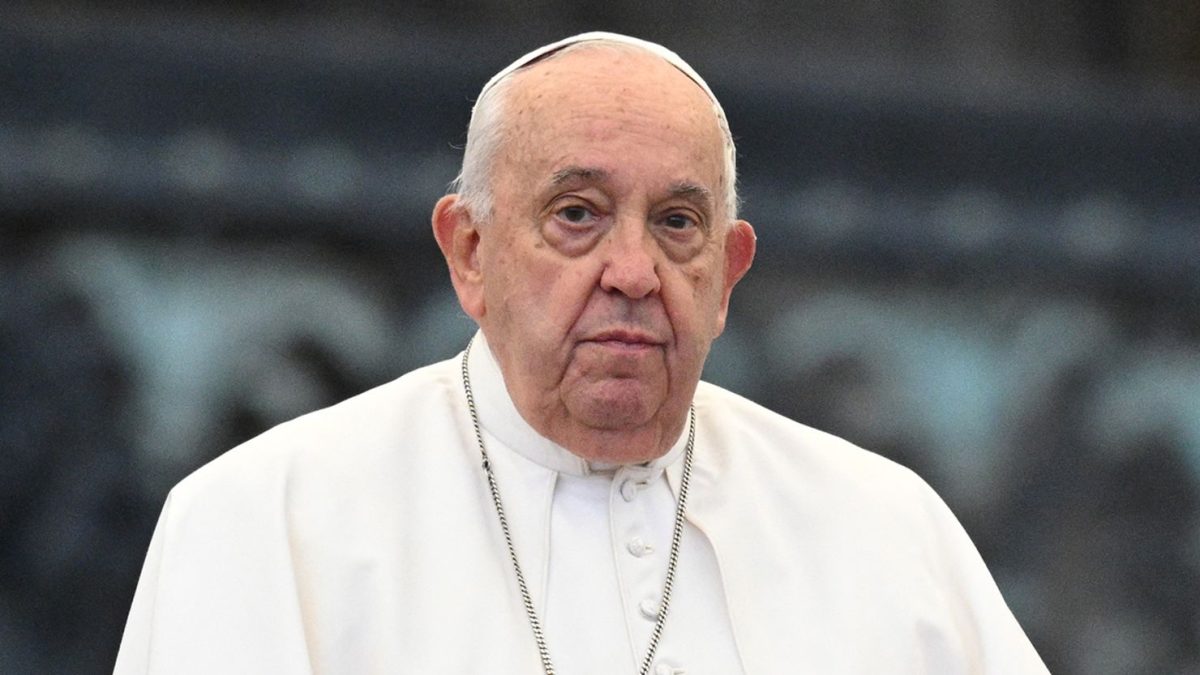Until now, I had thought of wildfires as a “West Coast thing,” which only really plagued California, Oregon, or Washington. In my 16 years of life, spent entirely in New Jersey, I’d never seen one. In fact, I’d never truly seen a real fire—not the kind where flames tear through everything in their path or the kind that leaves the air thick with the scent of smoldering earth. I had never seen a wildfire in New Jersey. But now I have. Driving through northern New Jersey recently, I saw it: a fire pillaging through woodlands in the distance, with thick plumes of dark smoke rising into the sky above.
Unfortunately, in the past few weeks, smoky skies have made their return to the East Coast. But unlike that strange week of dusty-orange haze back in 2023 from the Canadian wildfires, this smoke originated right here. This is due to the hundreds of destructive wildfires that have been riddling New Jersey and the entire East Coast for the last month.
Thousands of acres of land have been scorched in New Jersey alone, and the rest of the northeastern states have sadly faced similar damage. Wildlife has been killed, ecosystems have been destroyed, and people have been forced to evacuate. These things are tragic, but not entirely surprising when discussing wildfires. What is surprising, however, is that people in New Jersey, only a handful of miles outside of New York City, are being urged to evacuate their homes for a fire that has grown to over 5,000 acres.
The immediate cause of these fires is the extreme drought that has been gripping the East Coast since September. Governor Phil Murphy declared a drought warning in New Jersey, with 76% of the state under a “severe drought” status. Many nearby states such as Pennsylvania, Delaware, Maryland, New York, Connecticut, and Massachusetts are all facing similar conditions.
Many of these states set new records for their “driest month in recorded history.” In New Jersey, “over the 61 days in September and October, less than an inch of rain fell on average statewide,” reports northjersey.com. For 41 consecutive days, NJ experienced no measurable rainfall.
As someone who thrives in warm and sunny weather, especially during the transition from summer to fall, I was happy. I didn’t even notice it hadn’t rained in so long until the fires began, but now I can’t believe I was so naive—no, I had to remind myself that NJ’s not normal to have 6 continuous weeks without rain.
I understand that it’s easy to blame the drought entirely for these fires because it certainly contributed to the conditions that fueled them. However, we should look at something bigger than an immediate cause. A spark won’t ignite a fire if there is no kindling or food for it to stay lit. Right now, global warming is feeding the fires, both literally and figuratively. So many of the current climate disasters plaguing the planet are attributable in some way to the Earth’s rising temperatures. Day after day, people in almost every country in the world are experiencing the effects of climate change: extreme weather events, devastating floods, and the loss of life and property. And yet, somehow, so many people either deny its existence or are unwilling to put any effort into fixing it.
Some are just scared of admitting there’s a problem. We could go on and on pretending that the horrific flooding in North Carolina was an isolated event and that Hurricane Helene was just a “special case.” We could dismiss the new records set for summer temperatures as mere anomalies. But now, more than ever, it’s crucial to recognize the reality: the climate crisis is a real and escalating problem that must be addressed now.
The good news is that there is still time to reverse the damage that has been done and protect the planet for future generations. By taking decisive actions—whether it’s something as small as choosing to walk instead of drive, or as significant as urging lawmakers to take action—we can start making a real difference. Remember: every effort counts.












